Silverlining, which designs and makes custom furnishings for megayachts, has 35 years of experience combining hand-craftsmanship with cutting-edge resources. Additionally, the studio does abundant research into new materials. Here are Silverlining’s top five choices for sustainable interior décor materials, and what makes them special.
Honeycomb Straw
Straw in its original form is a soft, subdued yellow tone. It lends itself well to taking on all sorts of colors via dyeing. It’s widely available, too, and can combine further with other substances. According to Daniel Lloyd-Davies, Silverlining’s head of R&D, honeycomb straw (above) is a good, durable material. “This finish sees naturally dyed straw cast in cacti or soya bio resin, to create a translucent, decorative composite surface material,” he explains.
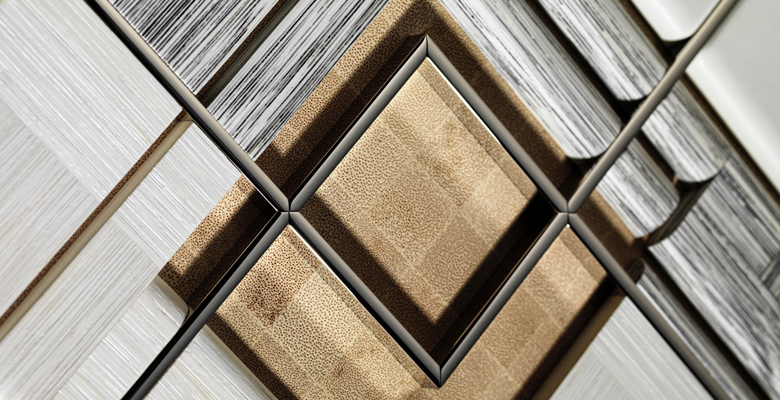
Karuun
Karuun is a brand that transforms rattan palm into veneers and other surfaces, citing its natural renewability. It therefore promotes using rattan palm in these forms instead of plastic and other artificial materials. This image is a finish from rattan palm stems. Lloyd-Davis says karuun is high-tech and high-performance. “The material is also fully recyclable, and flame-resistant due to its silica content,” he adds.

Flax Fiber
Flax is among the world’s most sustainable materials, predominantly growing in Western Europe. (Silverlining has its headquarters in England.) Flax grows primarily for two purposes. One is to produce fiber, often for linen fabrics, while the other is to produce seeds for food. “We can now replace man-made carbon fibers with extremely durable flax fibers, derived from abundant-in-nature linseed,” Lloyd-Davis notes. He says that Silverlining ends up with this particular finish after a few steps. First, craftspeople remove the bark and then scrape pectins, gyms, and other substances from it. Next, they wash, dry, and de-gum the residual cortex material. This permits extracting the spinnable fiber.
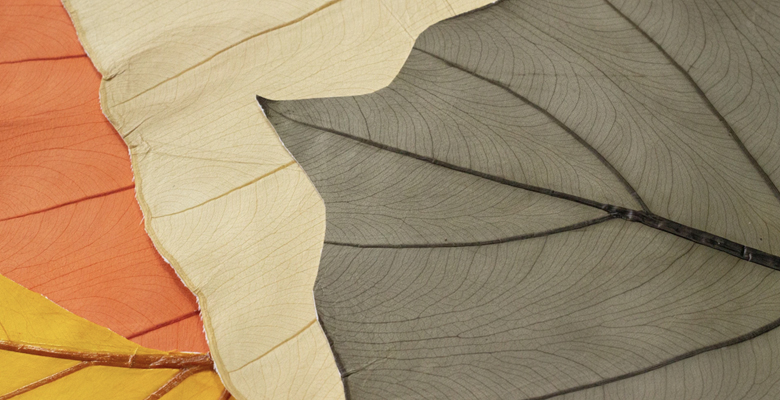
Leaf Leather
Silverlining is a fan of leaf leather—plant leaves that transform into a truly leather-like material—for a few reasons. It eliminates animal products for customers who want to avoid them, for instance. Secondly, a variety of leaves lend themselves well to the process. This particular example is of Elephant Ear plant leaves. “The material company tans the leaves using an exclusive process which is entirely heavy-metals-free,” Lloyd-Davis says. The process additionally uses reclaimed water and natural fertilizer, he continues.

Bark Leather
Just as leaves can become leather-like, so, too, can bark. Silverlining currently is analyzing the potential to use pine bark this way. With a specialized partner, the company believes it can create a durable material. Workers remove the pine bark after trees are cut down. A bio-based softening solution treats the bark after that. “All ingredients are natural and don’t contain any harmful or synthetic substances,” Lloyd-Davis points out.
Silverlining silverliningfurniture.com
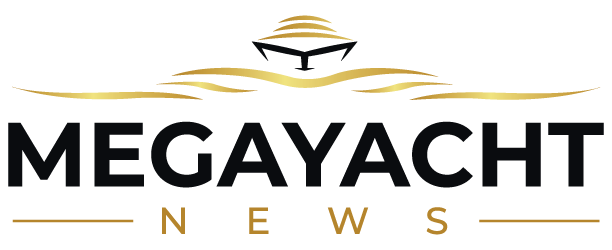

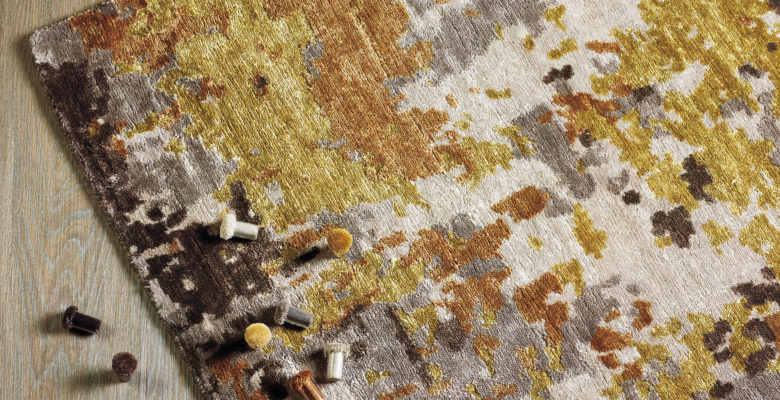




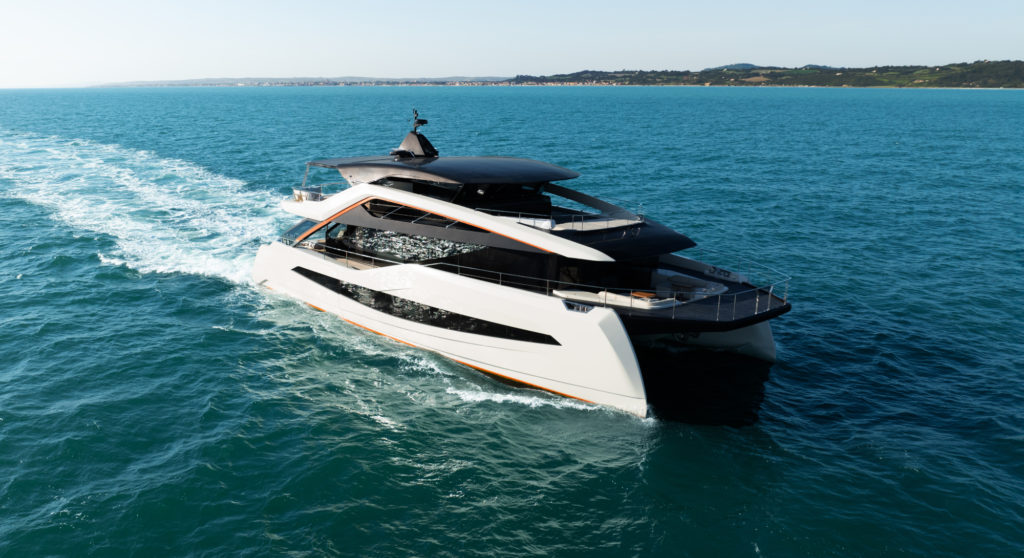


Leave a Reply